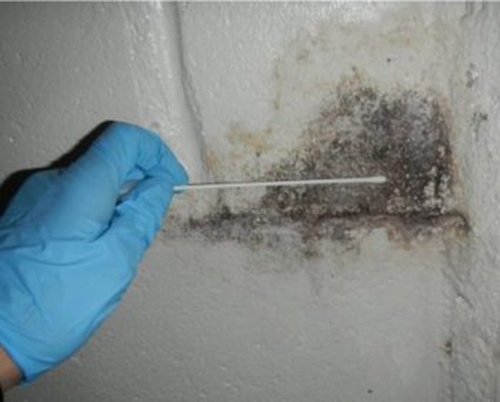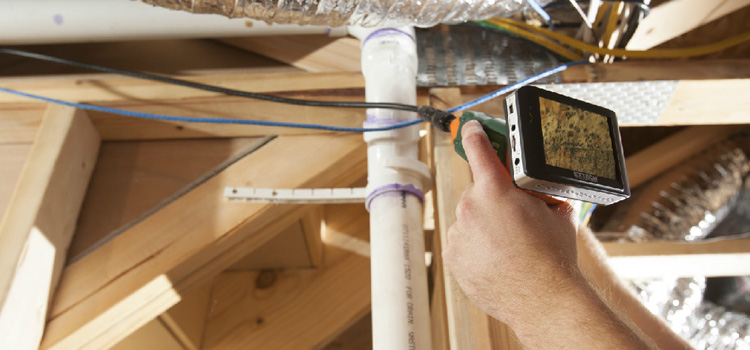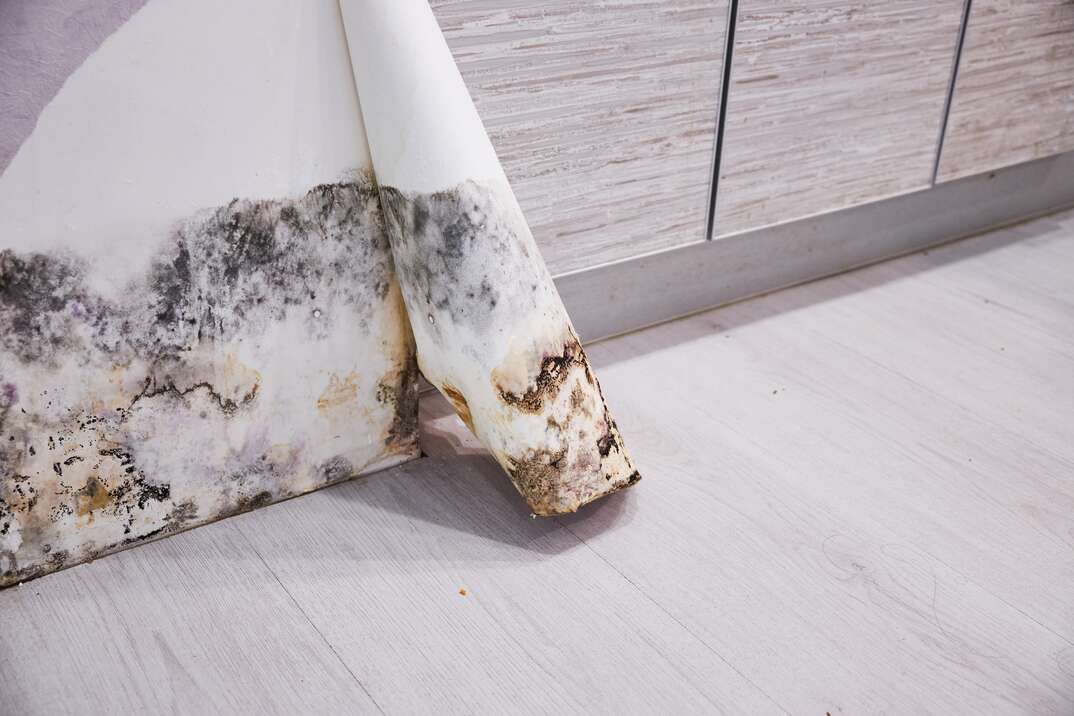After Mold Remediation Methods for Clean Areas
Wiki Article
Your Ultimate Overview to Blog Post Mold Remediation Strategies
Browsing the world of post-mold remediation strategies is a meticulous procedure that demands focus to information and a detailed understanding of the details included. In the after-effects of mold and mildew invasion, knowing just how to properly get rid of the mold and mildew and avoid its reoccurrence is paramount for keeping a healthy interior environment. From picking the appropriate cleaning and decontaminating techniques to applying methods for long-term mold and mildew prevention, each action in the remediation trip plays a vital role in making certain a successful outcome. As we start this expedition of post-mold remediation methods, we will reveal the vital strategies and finest techniques that can aid you recover your room to its pre-mold problem and guard it versus future mold and mildew dangers.Understanding Post-Mold Remediation Refine
After completing the mold remediation procedure, it is critical to recognize the post-mold removal techniques that are essential to guarantee a effective and detailed cleanup. As soon as the mold has been removed, the next action entails cleansing and disinfecting the impacted areas to avoid any regrowth of mold.
Moreover, conducting a final inspection post-remediation is crucial to make sure that all mold and mildew has been efficiently eliminated. This inspection must entail a detailed aesthetic check in addition to perhaps air sampling to verify the lack of mold and mildew spores in the air. If the inspection exposes any remaining mold, extra remediation might be needed. Finally, informing occupants on preventative measures such as controlling moisture degrees and quickly resolving any water leaks can assist maintain a mold-free setting.
Efficient Cleaning Up and Disinfecting Methods

Protecting Against Future Mold And Mildew Growth

Value of Correct Air Flow
Proper ventilation plays a critical role in preventing moisture build-up, an essential aspect in mold and mildew development within interior environments. Reliable air flow systems aid eliminate excess moisture from the air, minimizing the chances of mold spores discovering the moisture they require to sprout and spread. Without adequate ventilation, indoor rooms can come to be a reproduction ground for mold and mildew, leading to potential health and wellness dangers and architectural damages.By making sure proper air flow, air flow systems can additionally help in drying wet locations quicker after water damage or flooding events, even more hindering mold and mildew development. Post Mold Remediation. Precede like bathrooms, attics, basements, and kitchen areas where moisture levels have a tendency to be greater, mounting and keeping reliable air flow systems is crucial in preventing mold and mildew infestations

Tracking and Maintenance Tips
Offered the crucial role that correct air flow plays in stopping mold and mildew development, it is imperative to develop reliable surveillance and upkeep pointers to guarantee the continued functionality of air flow systems. Tracking humidity levels within the building is additionally critical, as high moisture can add to mold development. By remaining alert and aggressive to the problem of ventilation systems, residential or commercial property proprietors can successfully minimize the risk of mold and mildew regrowth and keep a healthy and balanced interior atmosphere.
Verdict
In final thought, post-mold remediation strategies are crucial for guaranteeing a risk-free and clean environment. Understanding the process, implementing reliable cleansing and sanitizing approaches, protecting against future mold and mildew growth, maintaining proper ventilation, and normal tracking are all essential steps in the removal procedure. By adhering testing air quality after mold remediation to these guidelines, you can successfully remove mold and mildew and stop its return, promoting a healthy living or working area for all passengers.In the after-effects of mold and mildew infestation, understanding exactly how to effectively eradicate the mold and avoid its reoccurrence is extremely important for keeping a healthy and balanced interior setting. Once the mold has actually been gotten rid of, the next step includes cleansing and decontaminating the affected locations to prevent any regrowth of mold - what to do after mold remediation. After eliminating noticeable mold and mildew growth, it is essential to cleanse all surface areas in the damaged area to remove any continuing to be mold spores. To further improve mold and mildew avoidance measures, it is essential to resolve underlying concerns that initially led to mold advancement.Given the important duty that appropriate ventilation plays in preventing mold growth, it is critical to establish reliable surveillance and upkeep suggestions to guarantee the ongoing capability of ventilation systems
Report this wiki page